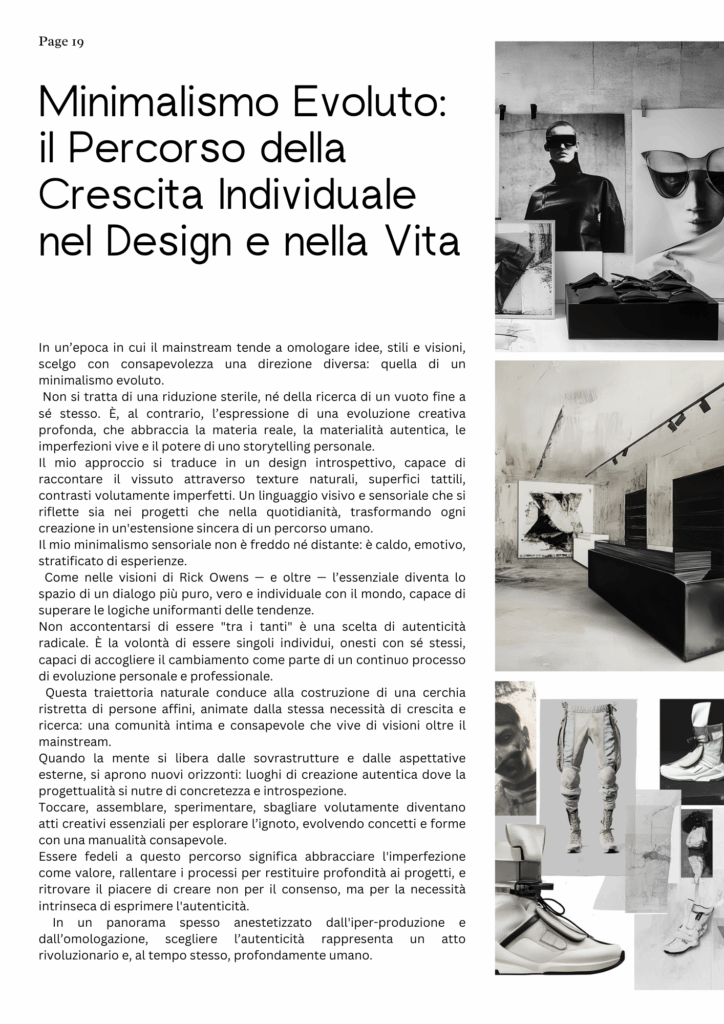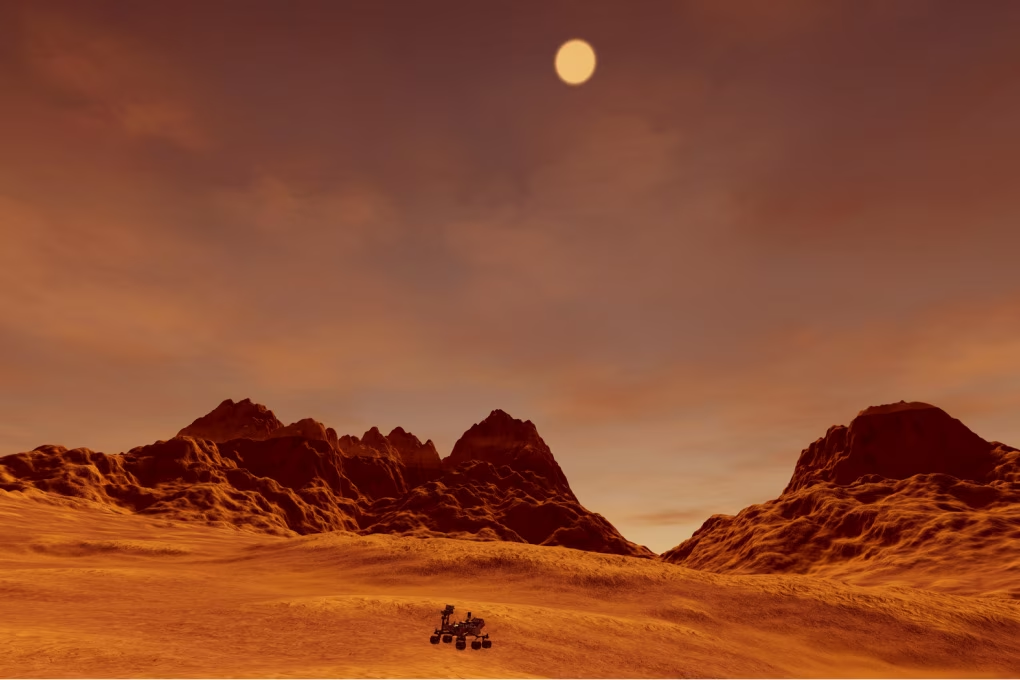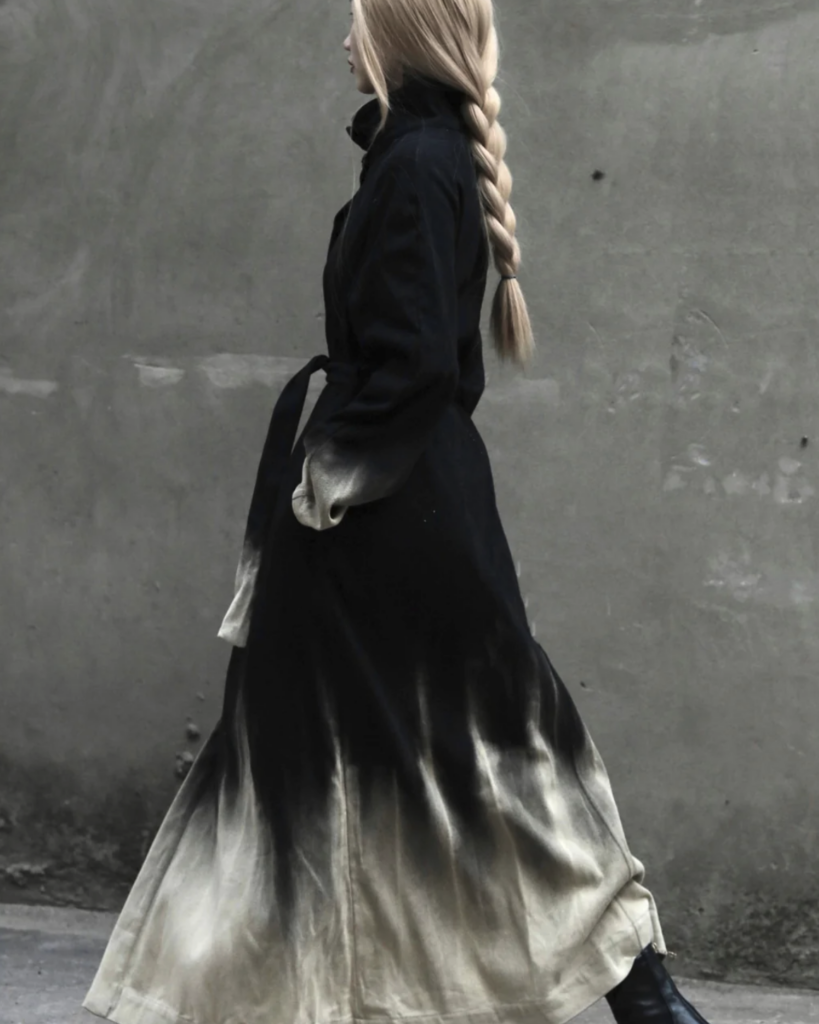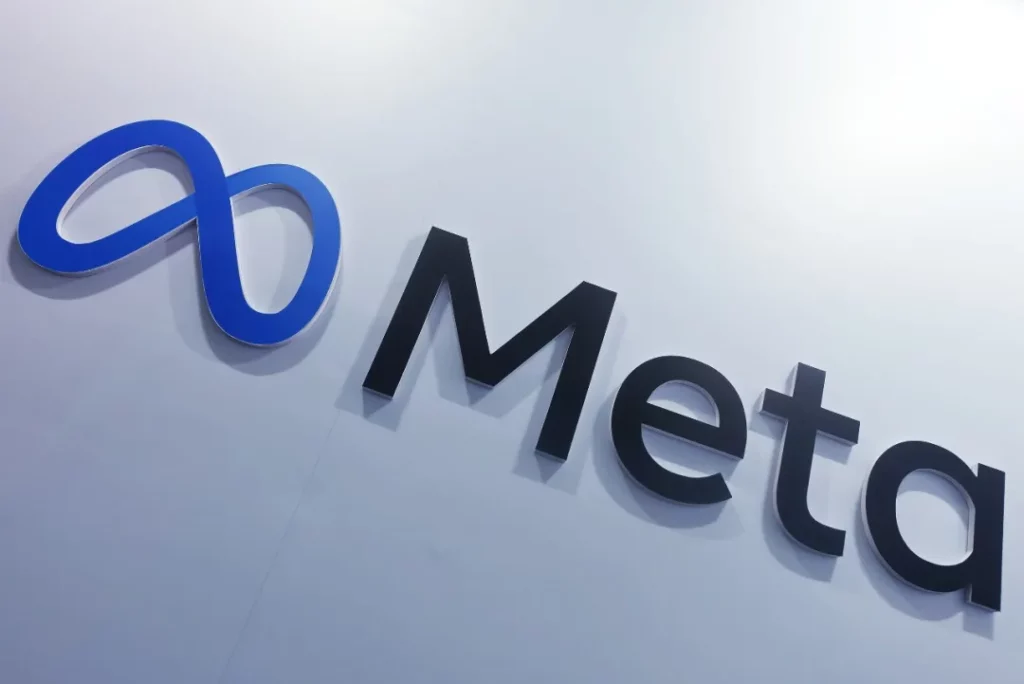Minimalismo Evoluto: il Percorso della Crescita Individuale nel Design e nella Vita
In un’epoca in cui il mainstream tende a omologare idee, stili e visioni, scelgo con consapevolezza una direzione diversa: quella di un minimalismo evoluto.Non si tratta di una riduzione sterile, né della ricerca di un vuoto fine a sé stesso. È, al contrario, l’espressione di una evoluzione creativa profonda, che abbraccia la materia reale, la materialità autentica, le imperfezioni vive e il potere di uno storytelling personale. Il mio approccio si traduce in un design introspettivo, capace di raccontare il vissuto attraverso texture naturali, superfici tattili, contrasti volutamente imperfetti. Un linguaggio visivo e sensoriale che si riflette sia nei progetti che nella quotidianità, trasformando ogni creazione in un’estensione sincera di un percorso umano. Il mio minimalismo sensoriale non è freddo né distante: è caldo, emotivo, stratificato di esperienze.Come nelle visioni di Rick Owens — e oltre — l’essenziale diventa lo spazio di un dialogo più puro, vero e individuale con il mondo, capace di superare le logiche uniformanti delle tendenze. Non accontentarsi di essere “tra i tanti” è una scelta di autenticità radicale. È la volontà di essere singoli individui, onesti con sé stessi, capaci di accogliere il cambiamento come parte di un continuo processo di evoluzione personale e professionale.Questa traiettoria naturale conduce alla costruzione di una cerchia ristretta di persone affini, animate dalla stessa necessità di crescita e ricerca: una comunità intima e consapevole che vive di visioni oltre il mainstream. Quando la mente si libera dalle sovrastrutture e dalle aspettative esterne, si aprono nuovi orizzonti: luoghi di creazione autentica dove la progettualità si nutre di concretezza e introspezione.Toccare, assemblare, sperimentare, sbagliare volutamente diventano atti creativi essenziali per esplorare l’ignoto, evolvendo concetti e forme con una manualità consapevole. Essere fedeli a questo percorso significa abbracciare l’imperfezione come valore, rallentare i processi per restituire profondità ai progetti, e ritrovare il piacere di creare non per il consenso, ma per la necessità intrinseca di esprimere l’autenticità.In un panorama spesso anestetizzato dall’iper-produzione e dall’omologazione, scegliere l’autenticità rappresenta un atto rivoluzionario e, al tempo stesso, profondamente umano. Il Ritorno Necessario del Tocco Umano In un’epoca in cui l’intelligenza artificiale irrompe sempre più nel processo creativo, il design si trova davanti a un bivio cruciale. Se da una parte l’AI generativa offre straordinarie possibilità in termini di velocità, esplorazione estetica e ampliamento dei linguaggi visivi, dall’altra rischia di accelerare una deriva che da tempo corrode l’autenticità creativa: l’appiattimento dei contenuti e la perdita del “fare” come gesto identitario. Affidarsi esclusivamente a un prompt e utilizzare passivamente ciò che ne deriva rappresenta l’ennesimo scavo nella fossa della creatività. Una fossa già profondamente scavata, in parte anche a causa di scelte industriali che, negli ultimi anni, hanno privilegiato velocità, quantità e replicabilità a scapito della ricerca autentica. Eppure, il futuro del design non può prescindere dall’uomo. Solo attraverso un approccio che parta dall’idea, dal tocco, dal prototipo fisico, dallo sbaglio volontario si può spingere il pensiero creativo a un livello superiore. Toccare, assemblare, strappare, sperimentare: sono azioni che nessuna macchina potrà mai sostituire in termini di capacità di generare emozione e significato. È rallentando il processo creativo, maneggiando materiali, rimettendo in discussione le prime soluzioni, che si aprono orizzonti nuovi. Non si tratta di rifiutare l’AI, ma di utilizzarla come strumento di supporto — non come motore principale — per raffinare, evolvere, contaminare l’idea originaria, non per sostituirla. Non è un caso che i brand guidati da figure che coltivano un legame profondo con il “fare” — nel rispetto di una tradizione creativa fatta di manualità, lentezza e intuizione — siano oggi quelli che esprimono i messaggi più solidi e autentici. In quei progetti, i clienti si riconoscono, perché percepiscono l’umanità intrinseca, la passione vera che supera la semplice estetica e costruisce un legame emotivo. La sfida del futuro sarà dunque proprio questa: trovare un equilibrio, dove l’innovazione tecnologica amplifica la creatività, senza mai svuotarla della sua essenza umana.
Minimalismo Evoluto: il Percorso della Crescita Individuale nel Design e nella Vita Leggi tutto »




